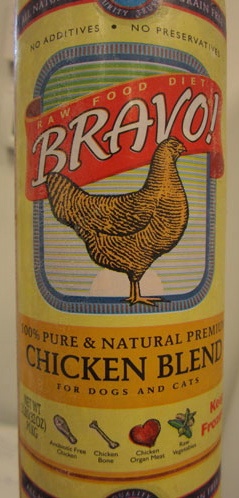As if we don't have enough to worry about already.......
Vial Of Potentially Deadly Virus Missing From Texas Lab

A vial containing a potentially harmful strain of a virus
disappeared from a laboratory in the University of Texas Medical Branch
(UTMB) in Galveston early last week. Officials are now notifying the
public as a precaution. The vial had been locked inside a bio-hazard
freezer within the UTMB campus.
The missing vial contained a strain of Guanarito virus. The virus is an arenavirus, one that can infect rodents and then be transferred to humans. The zoonotic disease, first identified in 1989, is responsible for Venezuelan hemorrhagic fever (VHF), which was most prevalent in rural areas of central Venezuela from 1989 to 2006 when it presented with 618 cases.
Guanarito virus is one of the diseases derived from the family Arenaviruses,
which can vary in severity in subgroups of Old World and New World
viruses. All types of viral hemorrhagic fevers are characterized by
fever and bleeding disorders. All can progress to high fever, shock, and
death. There can be milder cases of the condition.
The virus does not pose a great public threat as it is rare for the disease to pass from human-to-human contact. However, it is still concerning a virus can go missing from a secure laboratory environment.
Once lab officials at the UTMB realized one of the five stored vials was missing they contacted the Centers for Disease Control and Prevention (CDC). The Texas facility did not appear to have a breach or break-in, nor have any other materials gone missing under suspicious circumstances.
They do not believe at this time that the vial was stolen but assume it was likely misplaced. Officials also surmise the virus was likely destroyed during the normal laboratory decontamination and cleaning process, but the investigation is ongoing. This is the first time any vial containing a select agent has been unaccounted for at UTMB.
The missing vial contained a strain of Guanarito virus. The virus is an arenavirus, one that can infect rodents and then be transferred to humans. The zoonotic disease, first identified in 1989, is responsible for Venezuelan hemorrhagic fever (VHF), which was most prevalent in rural areas of central Venezuela from 1989 to 2006 when it presented with 618 cases.
The disease
is spread through inhaling aerosolized droplets of saliva, urine,
respiratory secretions, and blood from infected rodents. The most common
natural hosts were short-tailed cane mice.
The virus does not pose a great public threat as it is rare for the disease to pass from human-to-human contact. However, it is still concerning a virus can go missing from a secure laboratory environment.
Once lab officials at the UTMB realized one of the five stored vials was missing they contacted the Centers for Disease Control and Prevention (CDC). The Texas facility did not appear to have a breach or break-in, nor have any other materials gone missing under suspicious circumstances.
They do not believe at this time that the vial was stolen but assume it was likely misplaced. Officials also surmise the virus was likely destroyed during the normal laboratory decontamination and cleaning process, but the investigation is ongoing. This is the first time any vial containing a select agent has been unaccounted for at UTMB.


